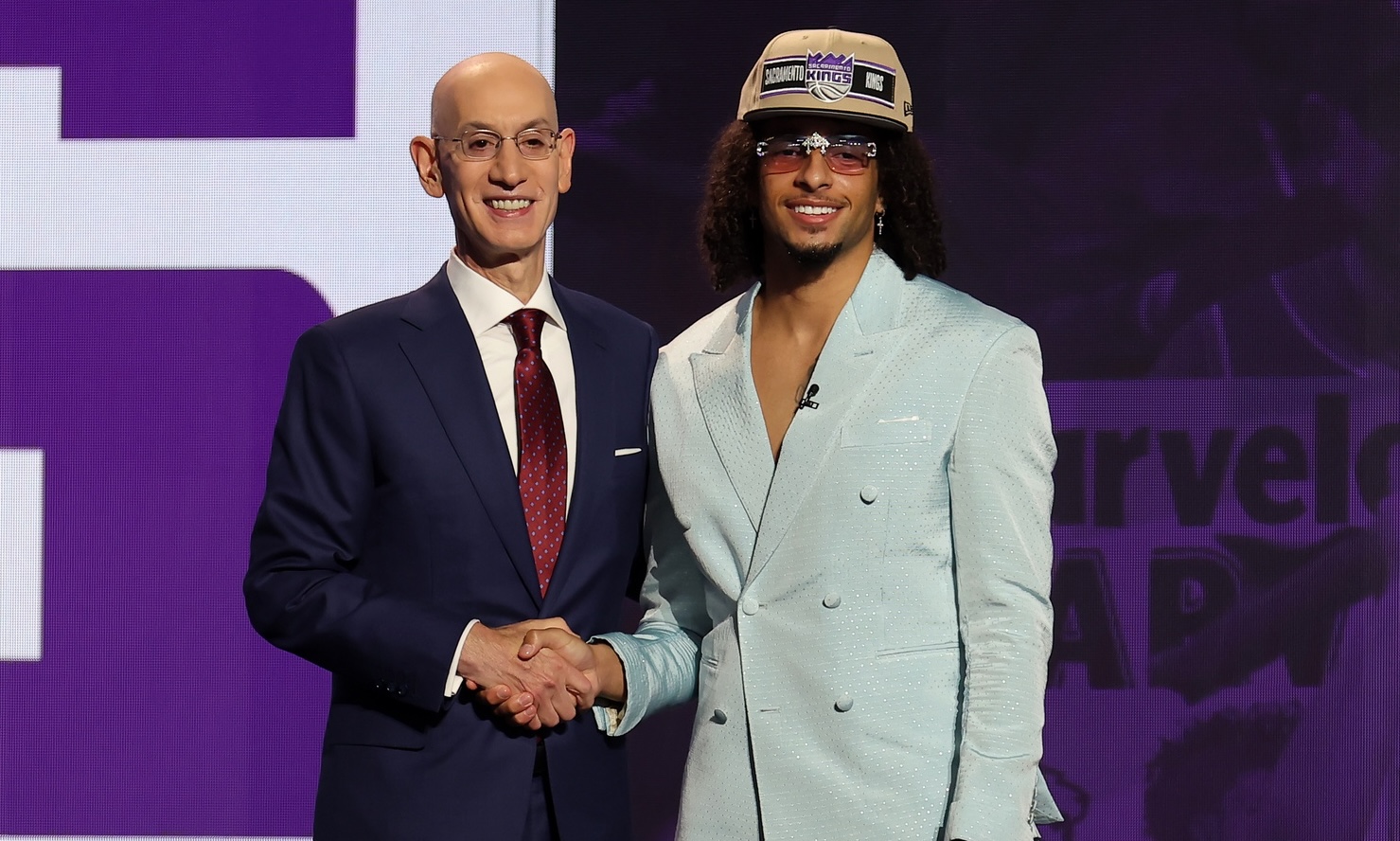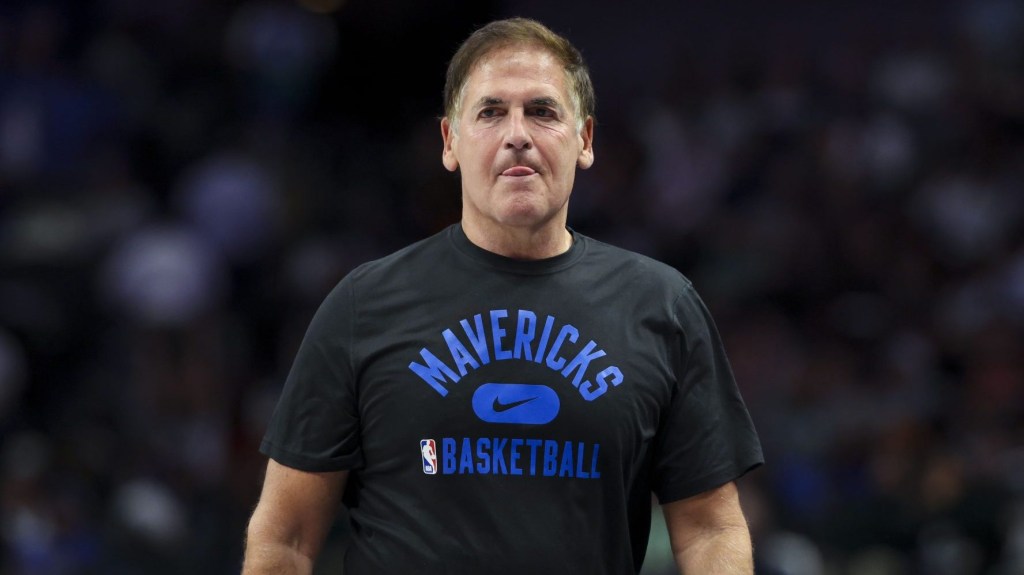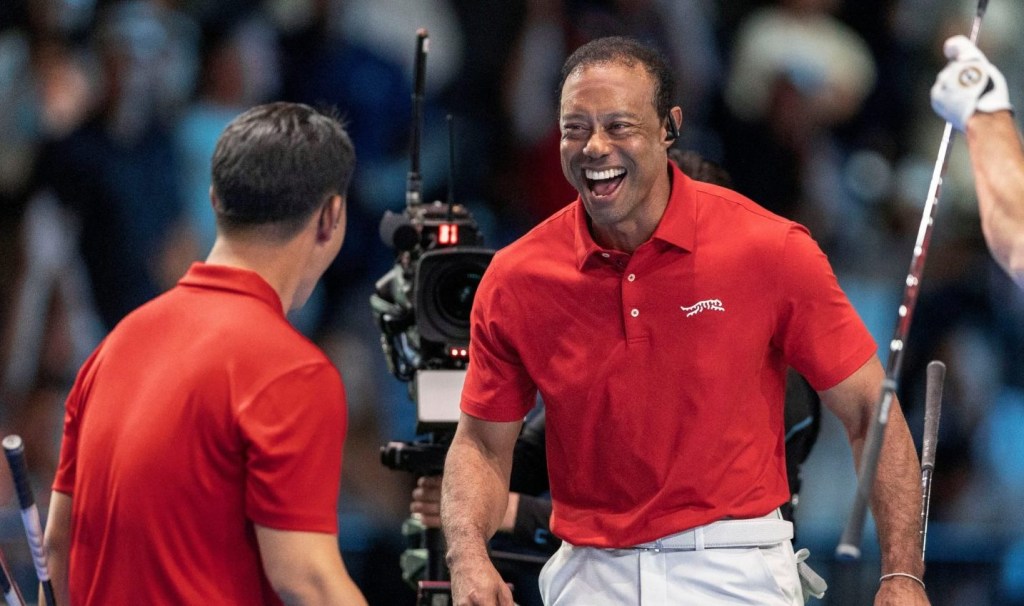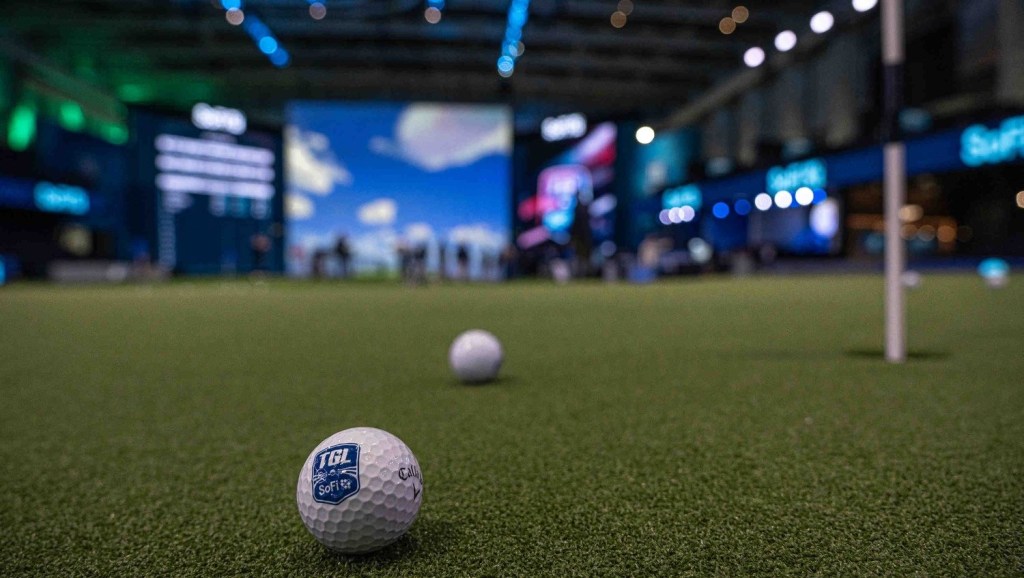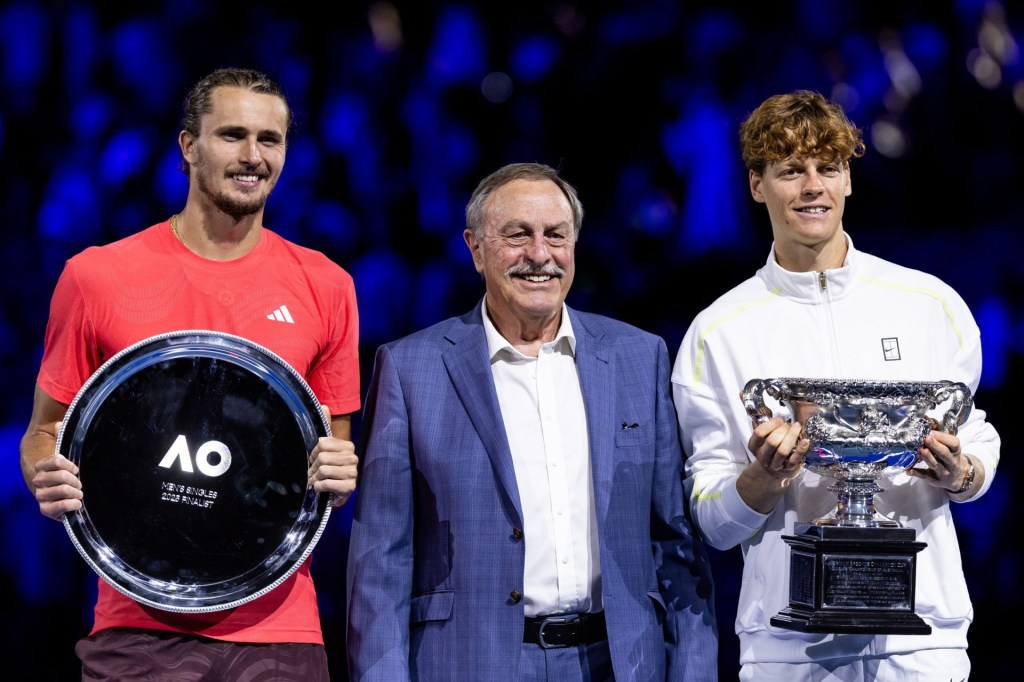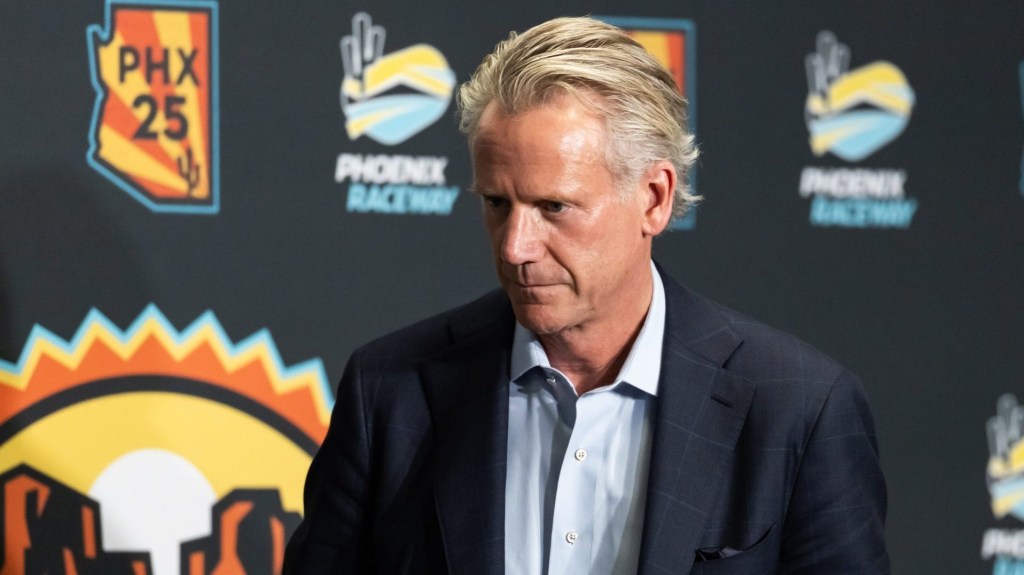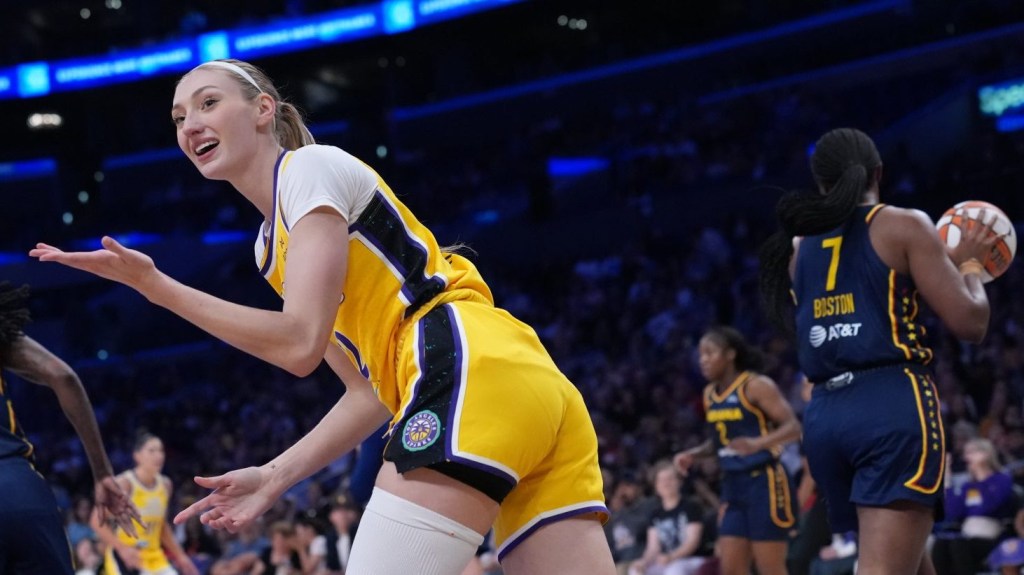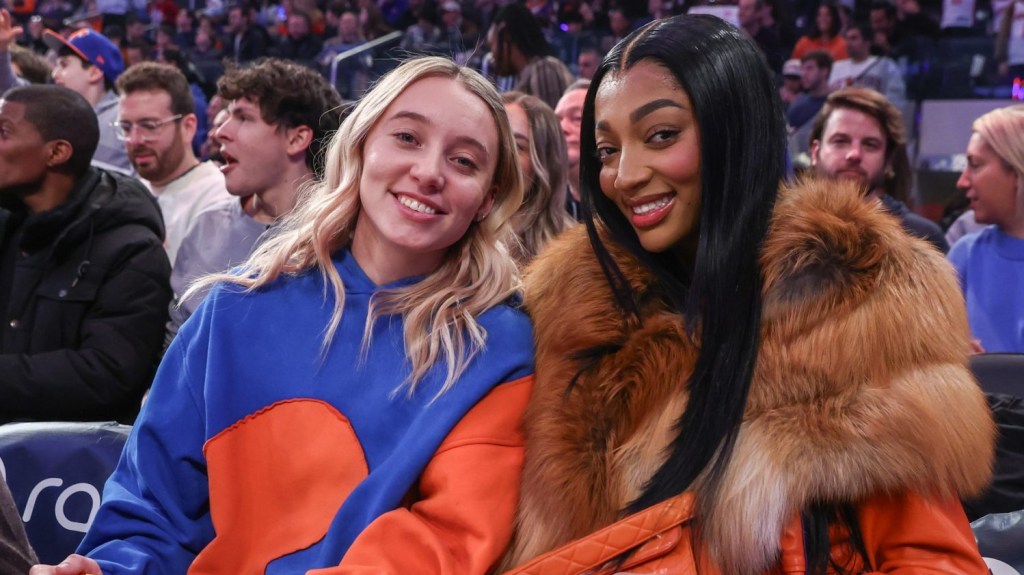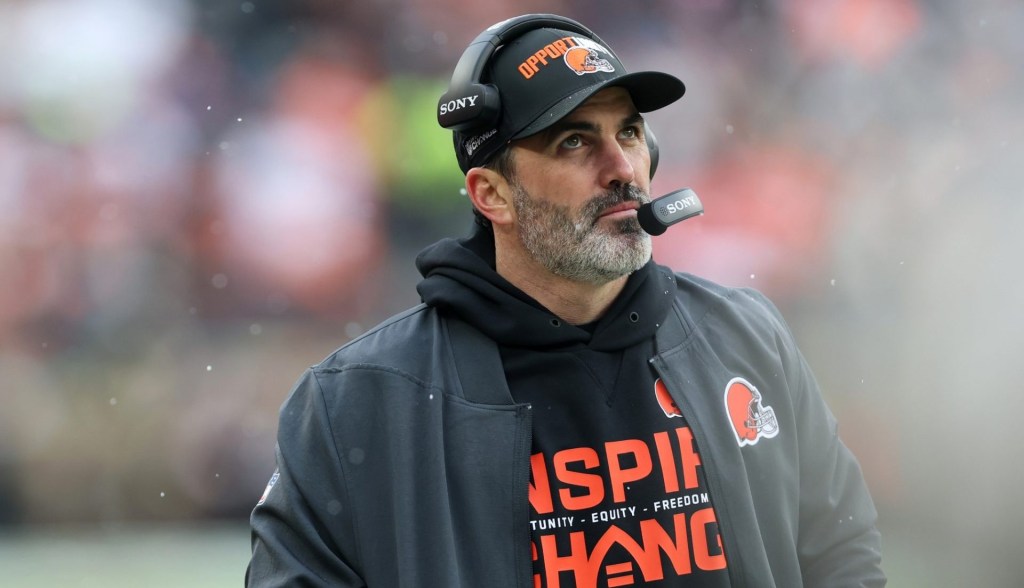BROOKLYN — When commissioner Adam Silver announced the new, two-night format for the NBA draft in January, he knew it wouldn’t be met with a 100% approval rating.
The initial suggestion for the new format came from the team side. Front offices, who have seen second-rounders like Nikola Jokić, Jalen Brunson, and Khris Middleton blossom into stars in recent years, wanted more time to make second-round picks.
Under the new format, teams will have four minutes instead of two to pick in the second round, which necessitated punting that round to a second day.
“For us, it was pretty straightforward. Of course we needed the Players Association agreement to do that, and it wasn’t universally popular,” Silver said in February. “There was some people who felt maybe we should just get it all done in one night.”
Chief among those people: player agents.
At Wednesday night’s draft, several agents told Front Office Sports they were unhappy with the new format. They spoke on the condition of anonymity to candidly criticize the league.
The agents felt the new format advantaged front offices in several ways. The daylong break between rounds, as opposed to the old hourlong sprint through the second round, gives teams a better sense of what other teams are up to, increasing their leverage with players who could be picked in the second round or go undrafted. In the old format, agents said teams struggled to process all the moving parts at once, giving agents more power to steer players around the league.
Agents seem to think it’s now easier for teams to have a feel on a players’ situation than before. The second round is something of a Wild West: Teams can offer players whatever contracts they like, all the way down to the $559,000 two-way deals, which rookies on two-ways receive whether they’re drafted. Agents said that the ability to weigh teams’ offers to players is more challenging for them when the teams themselves are more informed about what situations other teams are in.
Previously, agents said, they could pit teams against one another late in the draft, playing up possibly theoretical interest to steer their client to a preferred destination—or out of the draft entirely, given the lack of player agency once they’re picked in the second round.
“[Teams] get a lot of leverage now,” one agent said.
The break between rounds has also introduced another dynamic more familiar in other sports: whether to accept a green room invite if you’re a fringe first-round pick. NBA agents previously hadn’t had those conversations with players, but now they need to advise clients on the pros and cons of taking an invite. The upside is shaking Silver’s hand to celebrate a dream come true; the downside is going undrafted and having to return Thursday for the second round.
“It’s a weird dynamic, especially with the people management part,” another agent said.
Before the draft was cleaved in two, there were very few players making the NFL-style choice to stay home and avoid embarrassment. It was something of an NBA tradition to see a second-rounder attend the draft on his own and emerge from the stands to shake deputy commissioner Mark Tatum’s hand.
The second round will take place at an ESPN studio in lower Manhattan, eliminating the stands-to-podium walk, at least for now. This year, the NBA invited 25 players to the green room, which is almost double the NFL’s number for April’s draft, despite the new setup. On Wednesday, multiple green room invites, including Duke’s Kyle Filipowski, went unselected over the three-hour event. It’s unclear whether they’ll cross the East River to the South Street Seaport on Thursday.
While agents are adjusting to the new reality, front offices appear satisfied with the new format for the reasons they wanted it in the first place. Multiple team executives told FOS the additional time for planning, discussing trades, and even just the mental reset from one of the more stressful days on the job have all been welcome.
“For me, [operating] over a spread of two days is just better all around,” one Western Conference scout texted FOS.
One scout punted on the question, saying it was too early to gauge the format and pointed out that it’s only halfway over.
“We won’t know until tomorrow if this was all easier,” an Eastern Conference scout told FOS.
There was one universal upside to the new format. At 11:15 p.m. Eastern, Silver announced the Celtics had selected Creighton’s Baylor Scheierman with the 30th pick. And just like that, the first round was over, at least an hour earlier than the draft had historically ended. Weary media members, agents, and executives welcomed the slightly earlier bedtime, and Thursday night’s roughly 120-minute affair will take place over happy hour. It starts at 4 p.m. local time.
